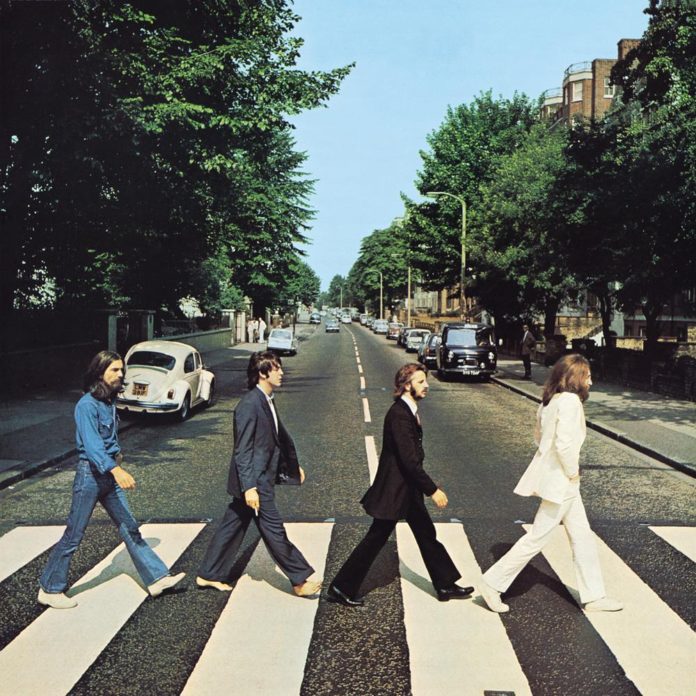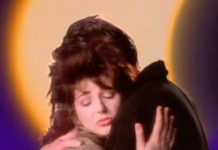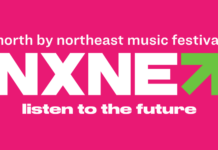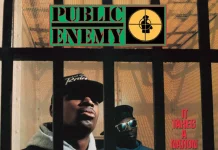The Beatles’ Abbey Road, released on September 26, 1969, is one of the most iconic albums in music history. Its influence has made generations continue to pick up (or stream) the album, so here are five intriguing tidbits about Abbey Road that you may not have known!
1. The Iconic Zebra Crossing Almost Didn’t Happen
The famous album cover, showing the Beatles walking across a zebra crossing outside of Abbey Road Studios, is one of the most recognizable images in pop culture. However, the concept for the cover came about rather spontaneously. Paul McCartney sketched out the idea, and photographer Iain Macmillan had just ten minutes to capture the image. The Beatles were almost photographed at Mount Everest, but due to time constraints, they opted for the nearby zebra crossing outside their studio instead.
2. The Moog Synthesizer Made Its Debut
Abbey Road was the first Beatles album to prominently feature the Moog synthesizer, which added an innovative and futuristic sound to tracks like “Here Comes the Sun” and “Maxwell’s Silver Hammer.” George Harrison, fascinated by new technologies, had purchased the Moog in 1968 and used it creatively throughout the album. The synthesizer was used not just as a background instrument, but as a driving force on some tracks, helping to create the album’s distinct sound.
3. Paul McCartney Wanted to Cut ‘Her Majesty’
The quirky 23-second song “Her Majesty,” which closes the album, was never meant to be part of the final tracklist. After recording the song, McCartney decided it didn’t fit with the rest of the medley and asked for it to be cut. Fortunately, the studio engineer John Kurlander saved it by tacking it onto the end of the master tape. When the band heard it later, they decided to leave it on the album, making “Her Majesty” one of rock’s earliest examples of a hidden track. “Her Majesty” opens with the final, crashing chord of “Mean Mr. Mustard”, while the final note remained buried in the mix of “Polythene Pam”, as a result of being snipped off the reel during a rough mix of the medley. Brilliant.
4. Ringo Starr’s Only Drum Solo
Even though Ringo Starr was known for his solid and steady drumming, Abbey Road is the only Beatles album where he performed a full drum solo. His solo occurs in the song “The End,” part of the extended medley on the second side of the album. Starr was initially hesitant, as he wasn’t fond of drum solos, but his simple yet amazing solo adds a wonderful touch to the song’s climactic conclusion.







